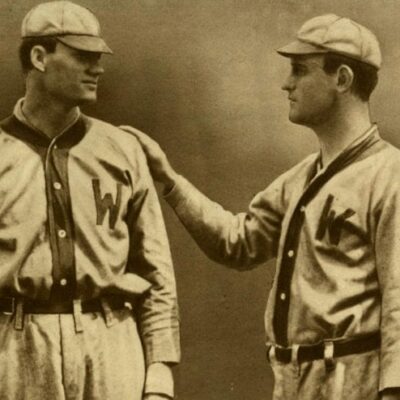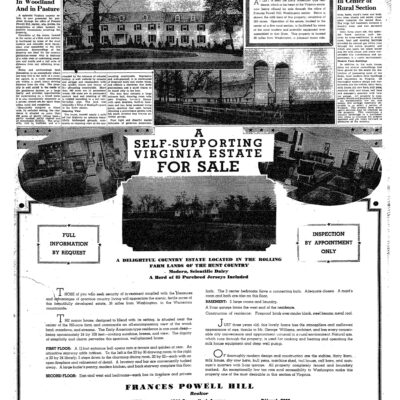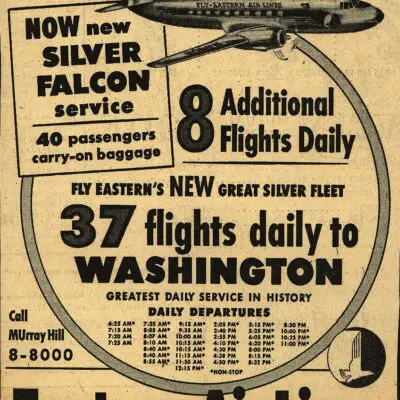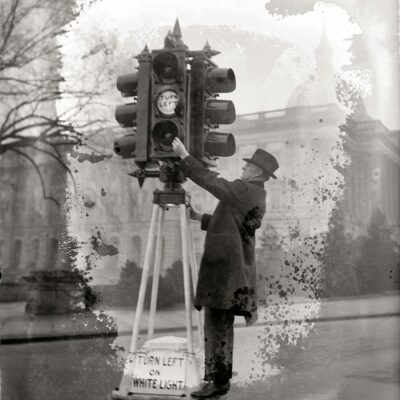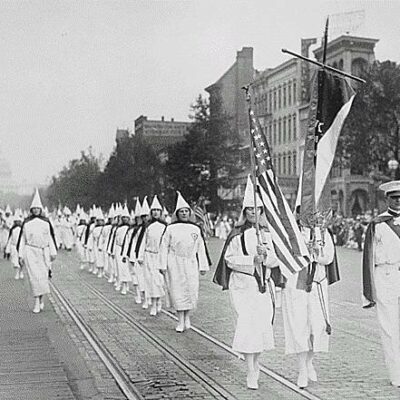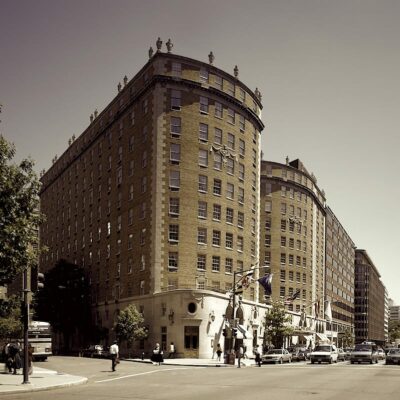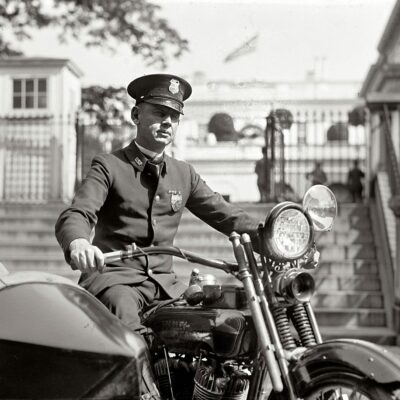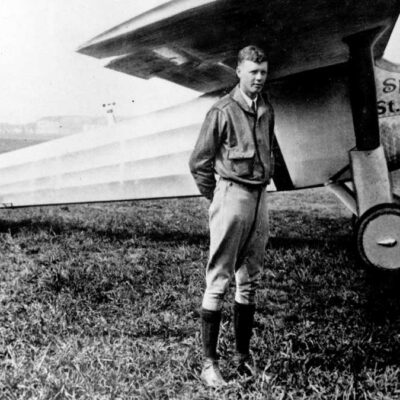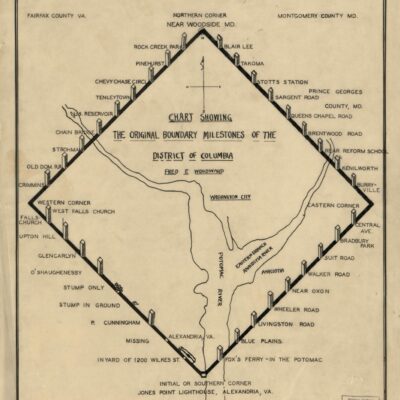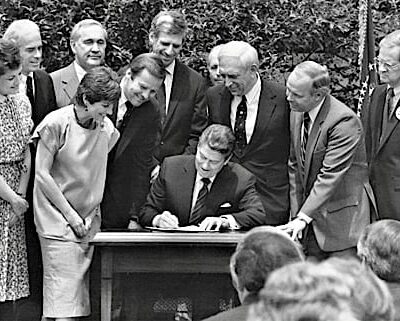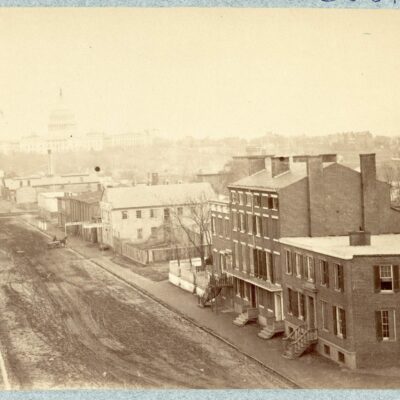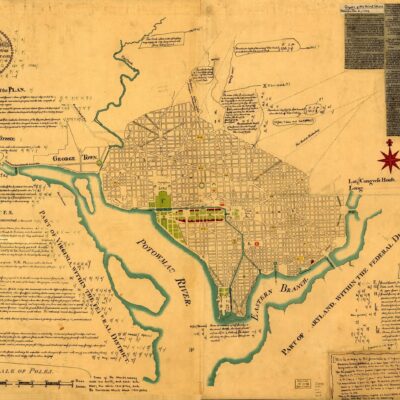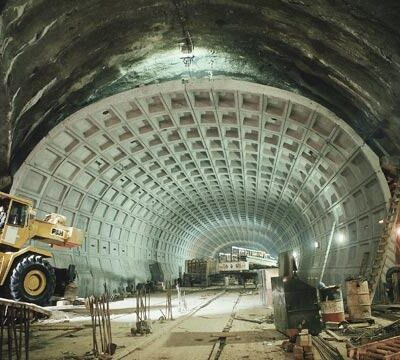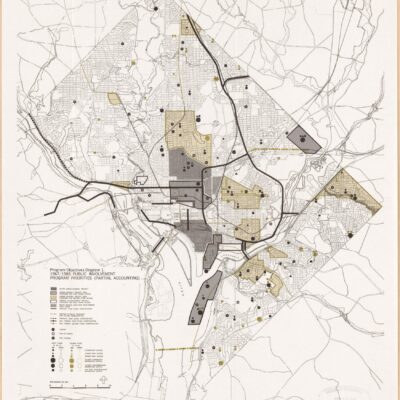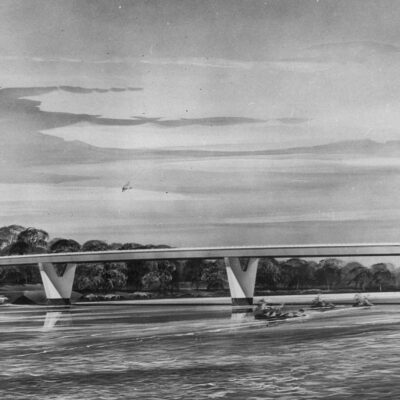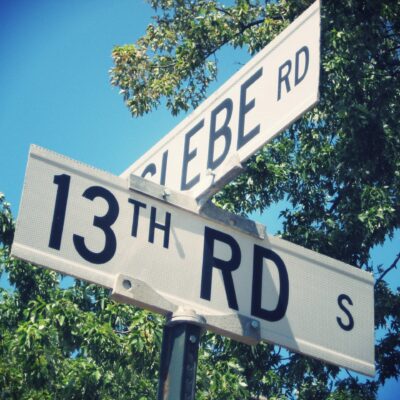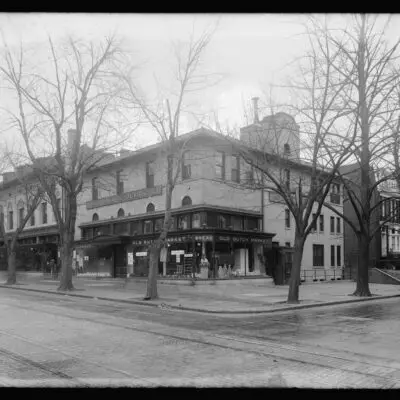For decades, taxis offered crucial transportation in Washington D.C. They served both locals and visitors. Taxis provided convenient city travel. However, taxi regulations in D.C. changed dramatically over time. The changes focused on fare calculation methods. DC taxis used a zone fare system for over 70 years. This system divided the city into zones. It assigned set fares by zones traversed. Yet debate persisted on switching zones to meters. In 2008, after a dispute spanning decades, DC taxis made the switch. They changed from the entrenched zone system to metered fares. This followed a long battle between the two fare approaches.

Washington D.C. Established Zone System for Taxis By 1930s
Washington D.C. established the zone fare system for taxis no later than the 1930s. A 1972 Congressional hearing mentioned the zone system had existed since at least WWII as a “holdover.” This system divided the city into zones. It calculated fares based on the number of zones passed through.
A 1957 Washington Post article reported over 20 taxi zones in D.C. by the 1950s. It stated, “Traveling diagonally across the district through all zones could cost $3.30 in the 1950s.” The D.C. Public Utilities Commission, later the Public Service Commission, oversaw the zone system. As utility regulator, the PUC/PSC held authority over public transportation including taxis. The agency set taxi zones and fare rates.

However, debate about zones versus meters went back further. A 1925 Washington Post article proposed requiring taxi meters. It was by Maj. W.E.R. Covell, assistant to the engineer commissioner. Although the PUC regulated zones starting in the 1930s, the meter proposal had a longer history dating to 1925. The zones versus meters battle would continue for decades.
But between the 1930s and 1950s, the PUC’s zone fares remained law for D.C. taxis. A 1956 Evening Star letter from the taxi industry stated, “The zone system, along with group riding, is unquestionably far more popular.”
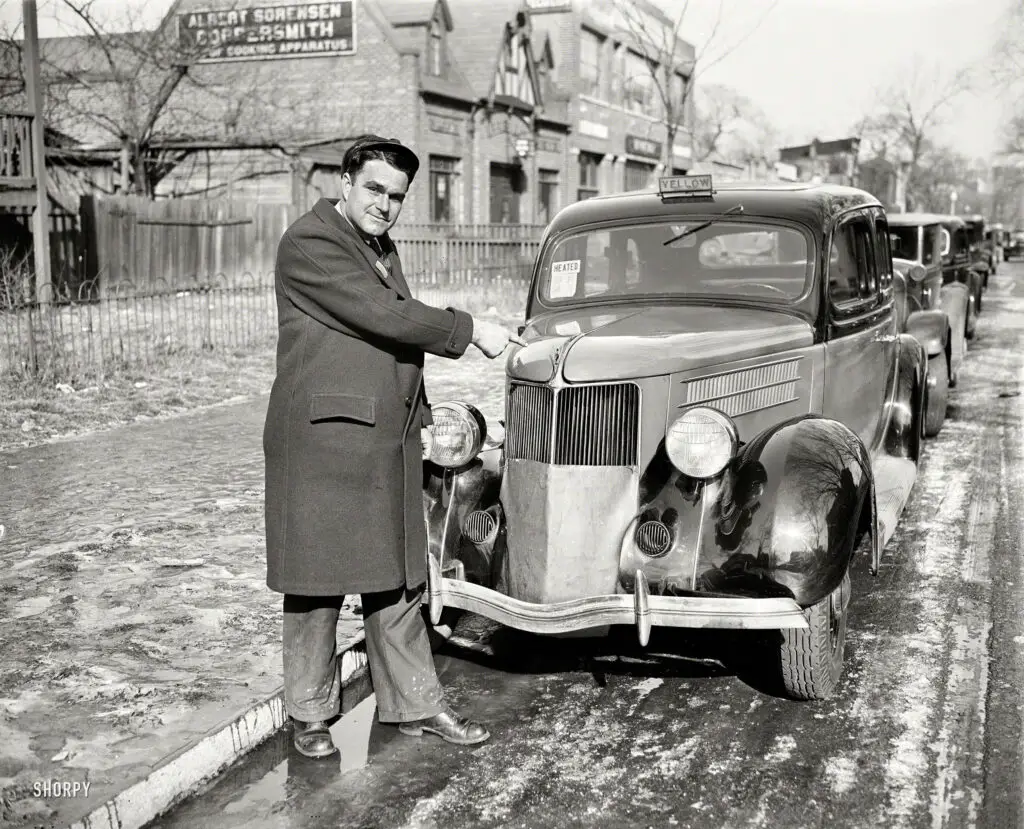
How Washington’s Taxi Zone System Worked
The zone fare system divided Washington DC into separate geographic zones. According to a 1957 Washington Post article, by the 1950s there were over 20 taxi zones across DC. Under this structure, taxi fares were calculated based on the number of zones crossed during a passenger’s trip.
The Public Utilities Commission, determined the zone boundaries and set the fare rates for each zone. The more zones a ride passed through, the higher the fare. For example, a 1950s Post article noted that traveling diagonally across DC through all the zones could cost up to $3.30.
Within each zone, the fare rate stayed constant regardless of actual distance traveled. As described in a 1956 letter, “With it, a 6 block trip can cost as little as 60 cents.” So fares varied by zone, not miles.
The zone system was familiar to DC residents but could confuse visitors unaware of the zone map. Still, its defenders touted the system’s simplicity compared to meters. As one 1956 industry advocate argued, “the zone system is very easy.”
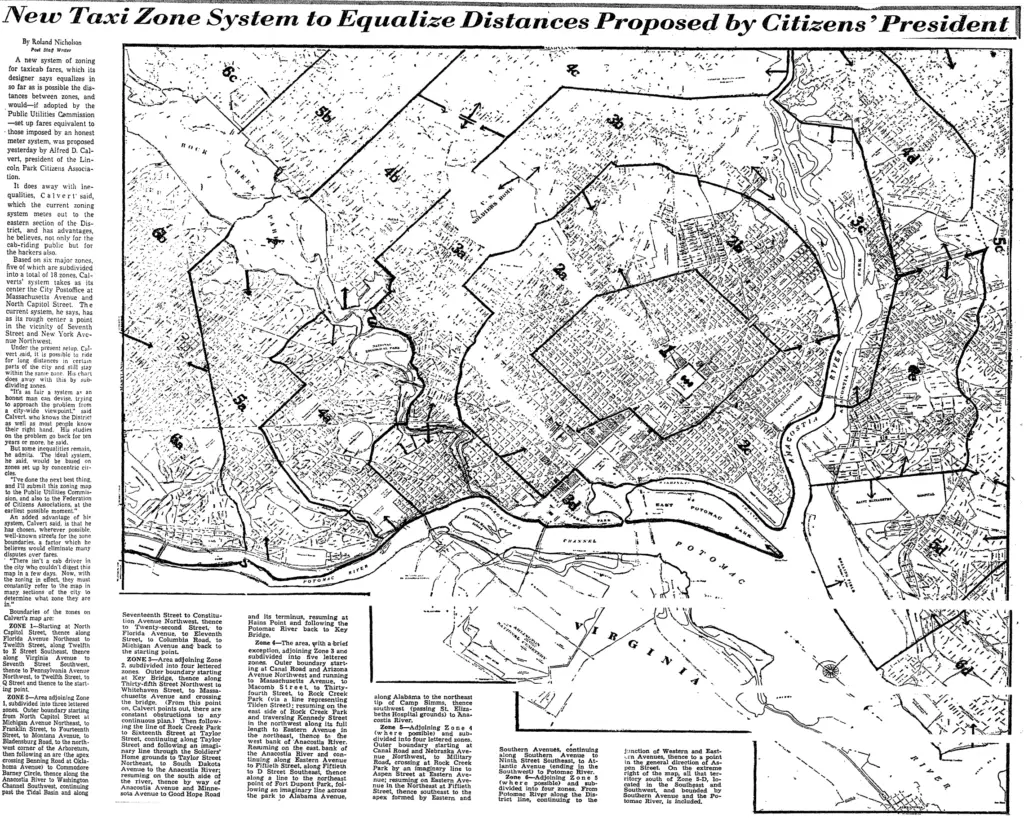
Debating Meters vs. Zones
While the zone fare system remained in place for D.C. taxis through the 1930s, 40s, and 50s, there were continual debates about whether to switch to taxi meters instead. By the 1950s, there were specific proposals to replace the long-standing zone system with meters.
A 1957 Washington Post article discussed recommendations from former Public Utilities Commissioner Robert E. McLaughlin to substitute meters for the zone fares. McLaughlin also suggested limiting the number of taxis and increasing insurance requirements. This showed that replacing zones with meters had support from some officials by the mid-20th century.
However, the Public Utilities Commission did not have full authority to make this change. Since the 1930s, Congress had repeatedly prohibited the PUC from requiring taxi meters through appropriations bill riders. As explained in a 1972 Congressional hearing, “Congress had prohibited the PUC from requiring meters in DC taxis through riders in appropriations bills since the 1930s.”
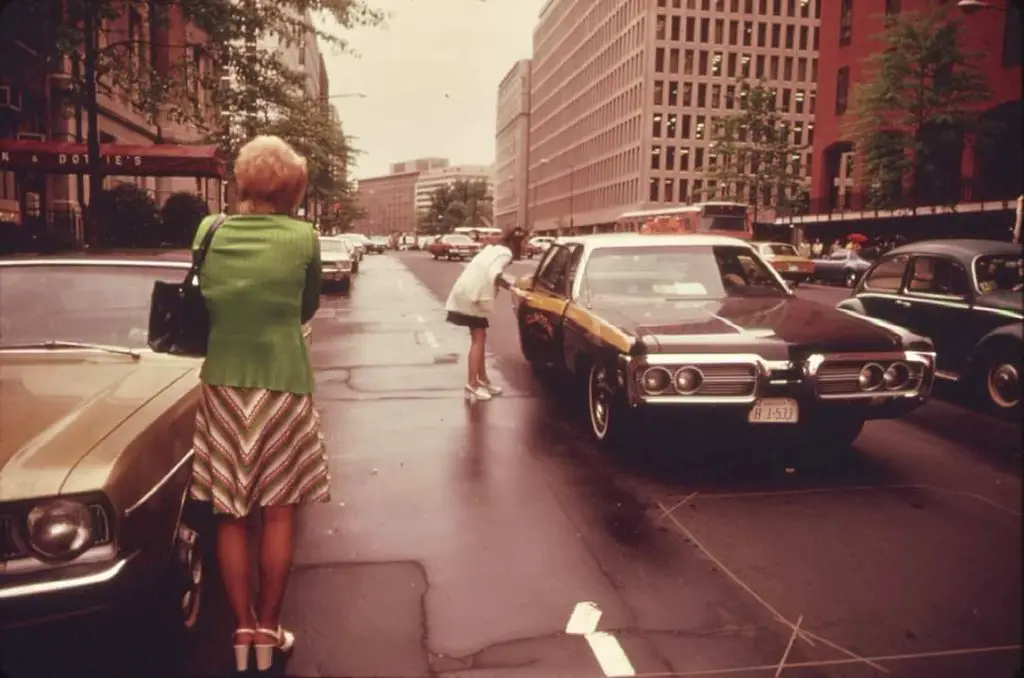
So while the PUC regulated the zone fares as part of its oversight of DC’s public transit system, Congress retained control over the specific issue of taxi meters. The PUC was barred from even studying or discussing the possibility of mandating meters for decades. This dynamic meant that debates over switching from the long-standing zone system to meters continued for many years without resolution.
Strong opinions on both sides of the meters vs. zones debate persisted through the 1950s and 60s. In 1967, a Washington Post editorial argued the zone system should be abolished in favor of meters. But some in the taxi industry defended zones, like the driver who wrote to The Evening Star in 1956 that “The zone system, along with group riding…is unquestionably far more popular.” The battle lines were drawn, but Congressional prohibitions on PUC action on meters prevented any changes.
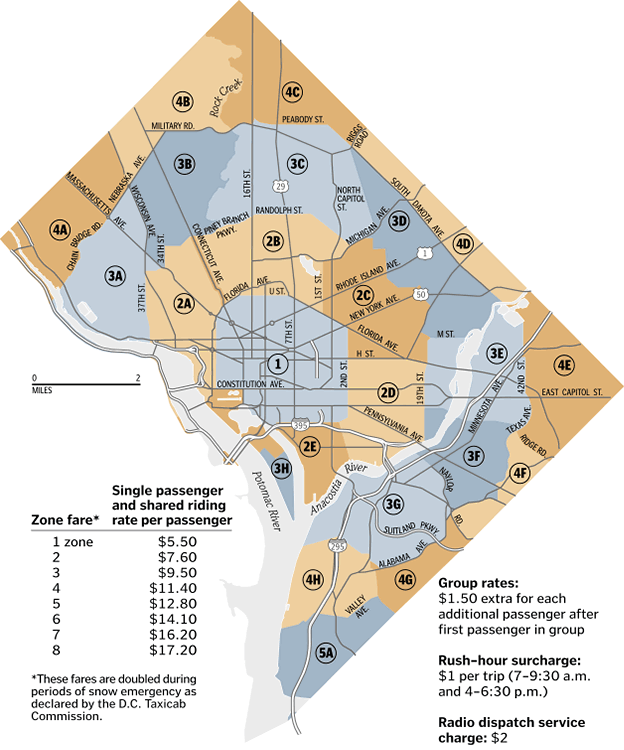
1970s Meter Debate Runs Into Same Congressional Roadblock
In the 1970s, the Public Service Commission (PSC) and Congress began to reconsider the requirement of taxi meters in Washington D.C. The Senate introduced bill S. 3091 in 1972 to authorize the PSC to study the desirability and feasibility of mandating meters for D.C. taxis. The Senate held a hearing to deliberate on the bill.
However, in its testimony at the 1972 hearing, the PSC stated that it was barred from conducting such a study or taking any action regarding meters due to Congressional appropriations riders. As the PSC chairman testified, “there has been a prohibition, as I understand it, Mr. Chairman, on the Public Service Commission conducting any such investigation. This has been imposed, I believe, on the rider by Congress.” This demonstrated that the long-standing Congressional prohibitions on PSC action regarding taxi meters remained in effect in the 1970s.

The 1972 Senate bill aimed to authorize a PSC study on meters despite the rider barriers. But representatives of the taxi industry objected to the legislation during the hearing. The Taxicab Industry Group presented a petition signed by numerous industry representatives against installing meters. They argued that meters would increase fares, hurt independent drivers, and reduce service. The bill faced resistance from the taxi industry even as some policymakers sought to reexamine the prohibition on considering meters decades after it was first imposed.
The decades-long debate over meters vs. zones continued in the 1970s, with increasing calls for reevaluation and changes to the long-standing policies. But significant barriers remained from Congressional appropriations riders and industry opposition. The stalemate that prevented D.C. from even studying taxi meters would persist for several more decades.
Zones Finally Replaced by Meters in 2008
Despite decades of debate, proposals, and efforts that failed to advance, Washington D.C. continued to prohibit taxi meters as late as the 1990s and early 2000s. The entrenched zone fare structure persisted as the method for calculating D.C. taxi fares, even while other major cities had adopted meters.
But in 2008, the long battle finally ended when D.C. transitioned to taxi meters. A New York Times article from 2008 confirms that in that year, the D.C. City Council passed legislation to mandate meters, overriding the Congressional ban that had been in place since the 1930s. According to the article, the zone system had persisted for over 70 years before meters were finally mandated.
The legislation followed pressure from advocacy groups, policymakers, and some taxi drivers who argued meters would be more transparent, equitable, and accurate. But the zone system also had its fierce defenders over the years. The final shift from zones to meters in 2008 came after extensive debates going back nearly a century. According to the New York Times, D.C. was the last major American city to abandon zones in favor of meters.
The 2008 law transformed taxi fare calculation for customers, shifting from preset zone rates to charges based on the distance traveled. This change marked the dawn of a new era for D.C. taxis, culminating after decades of legislative bans, political debates, studies, and conflicting proposals, and finally settling the long-standing “meter vs. zone” battle.
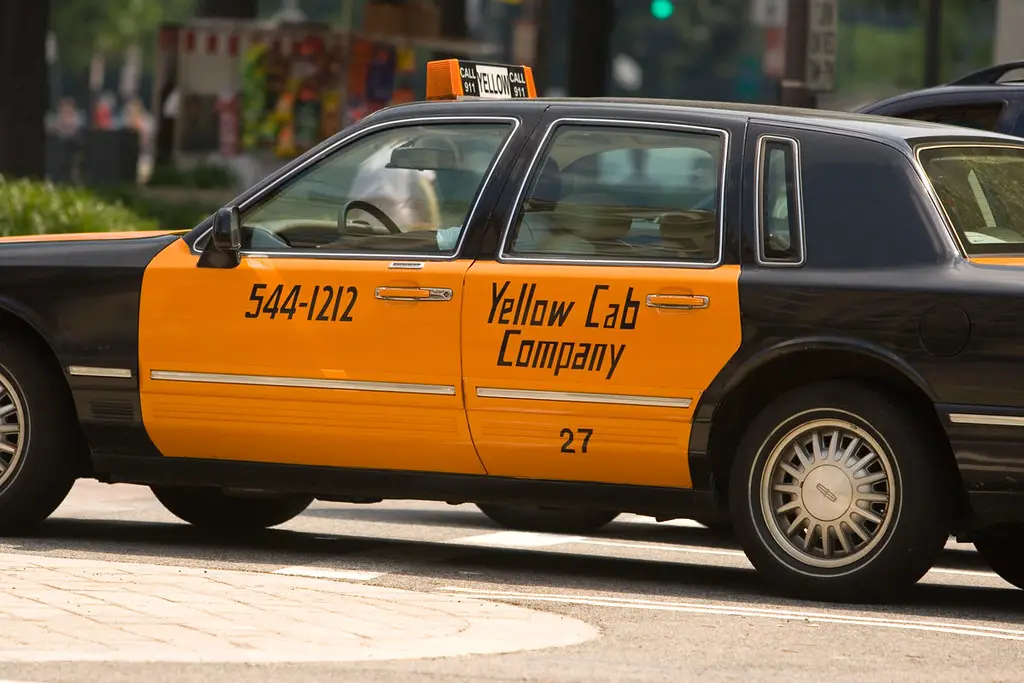
The Long Zone Era Comes to an End
For over 70 years, from the 1930s to 2008, Washington D.C. taxis utilized a zone fare system to calculate fares. The zone system with its preset fares based on geographic zones prevailed decade after decade. But almost from the beginning, there were proposals and intense debates over replacing zones with taxi meters instead.
The idea of requiring meters was discussed as early as the 1920s, with momentum growing by the 1950s and 1960s. However, Congressional legislation barred D.C.’s Public Utilities Commission and later the Public Service Commission from taking action on mandating meters for taxicabs. This prohibition remained in place for decades, preventing any official changes despite continual pressure for reconsideration of the long-standing zone system.
Only in 2008 did D.C. officially transition to taxi meters, after the City Council passed new legislation overriding the Congressional ban on meters. After nearly 80 years of the zone system dominating D.C. taxi fares and endless debate over adopting meters instead, meters finally became a reality in 2008.

Here are some highlights from Joel Schumacher’s 1983 movie D.C. Cab. DC Cab follows a group of eccentric taxi drivers in Washington D.C. who band together to save their failing cab company, overhauling the business and soon making it the most popular in the city, despite hijinks including a kidnapped diplomat’s children and an encounter with the Angel of Death. The comedy stars Mr. T as one of the misfit cabbies who help turn around the struggling DC cab company started by the naive Albert Hockenberry.


